Try your hand at growing mushrooms – no garden required!
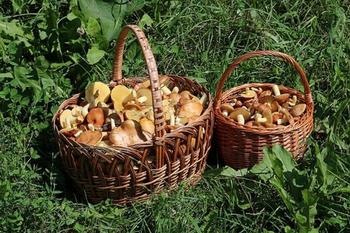
Many of us are reluctant to even consider eating a mushroom that does not come from a reputable source due to the highly toxic qualities of some very common looking ‘shrooms. Fortunately, there is lots of information available online, in well-illustrated books, and through local foraging societies to help us learn more about edible mushrooms. With more than 86 edible fungi species growing in the Bay Area, it is possible to start learning about a few that are easy to identify and delicious to savor.
No space? No problem.
The great news about growing mushrooms is that you don’t need a garden. You don’t even need a deck for pots. They are easily grown indoors with no specific light needs and minimal water.

The kits are readily available online from a variety of vendors. Basically, the kits contain a plastic bag of substrate that has already been inoculated with spores and has plenty of hyphae-forming mycelium.
What’s going on in that little mushroom growing package?
Basidiomycetes is the class of fungi that produces the mushrooms we eat. Most fungi reproduce asexually by producing spores. The spores are so light they can be carried by the breeze.
When spores germinate, they form long filaments called hyphae. When two of the hyphal filaments meet, they form what is known as mycelium. The mycelium continues to grow and take over the substrate. There are several things that can be used as a substrate. In nature, the substrate is often a dead or dying tree, but the substrate can be straw, sawdust, or even corn cobs.
Once the mycelium has taken over the substrate and environmental conditions are just right, it may form a fruiting body. The fruiting body is what we typically call a mushroom, but there are many types besides just mushrooms. Harvesting a fruiting body does not kill the mycelium. It can continue to grow and live after the fruiting body is harvested. Once the fruiting body matures, it will produce spores starting the whole process again.
Outdoor ‘shrooming
For outdoor mushroom growing, the shiitake is a favorite. Shiitakes come from the Japanese, meaning “mushroom of the shii,” or oak tree, where the mushroom is likely to be found growing wild. California has excellent climatic and topographical conditions for growing mushrooms. California oak tree wood is excellent for growing log mushrooms.
It may take as long as a year to fruit, but once established, the mycelium should continue to produce for years to come. The first step is to prepare an area where you can situate some recently cut oak logs with the bark intact. Search online for shiitake plug spawn, which is sterile mycelium growth that has been inoculated into wooden dowels. Drill holes in the oak logs, insert the plugs and seal with wax to keep moisture in and bugs out. Wait patiently for the highly desirable shiitakes to emerge.
Happy mushroom growing!
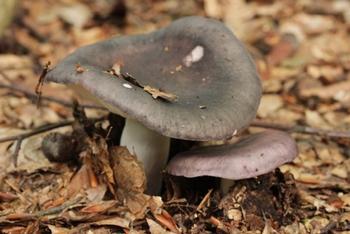
Photo: Björn S. |
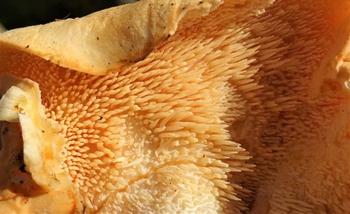
Photo: Creative Commons |
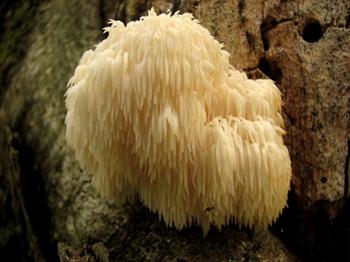
Photo: Pverdonk |
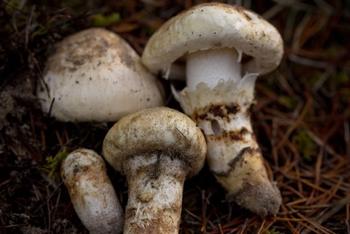
Photo: USFWS Pacific Region |
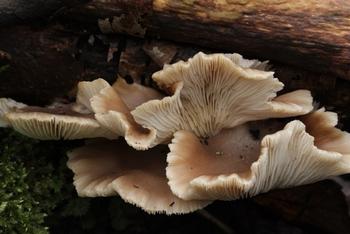
Photo: Creative Commons |
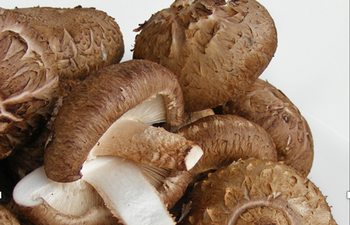
Photo: Creative Commons |
